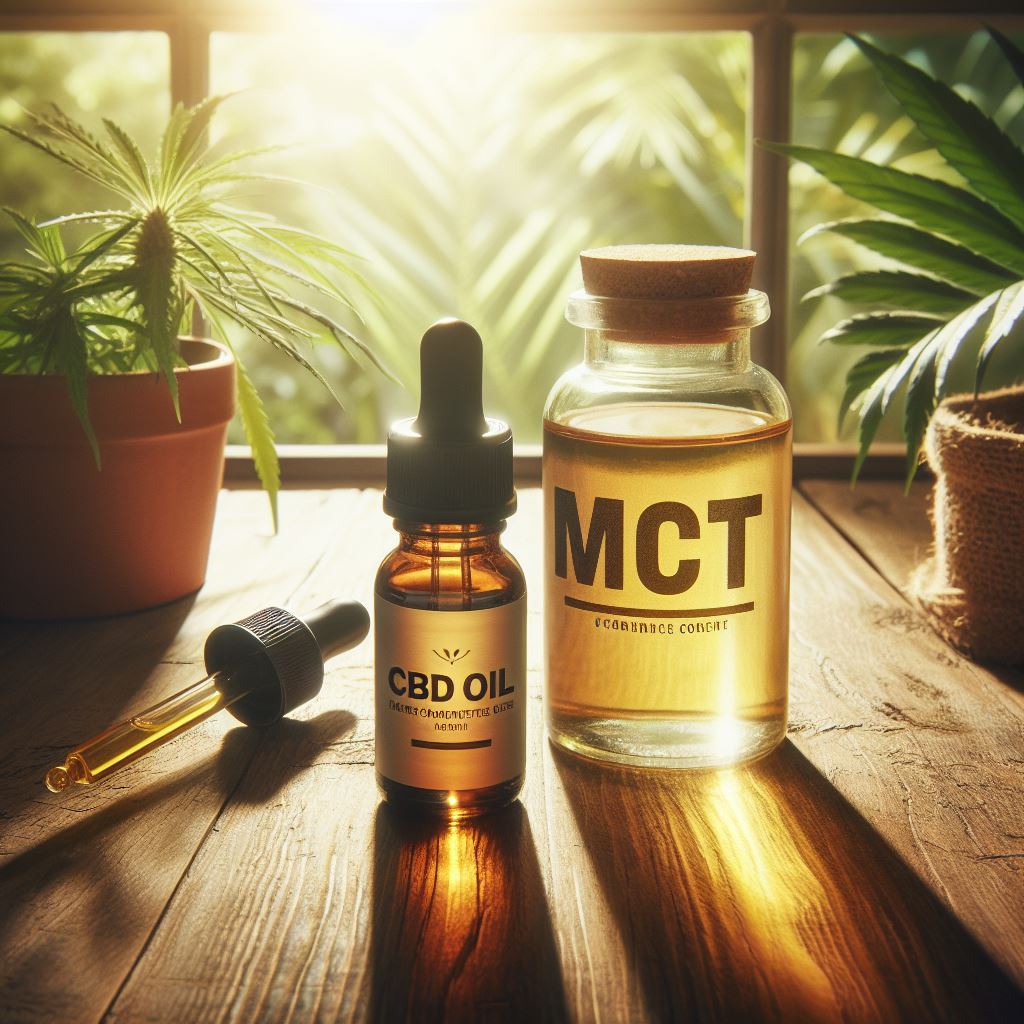First of all, what is CBD and CBG?
CBD (cannabidiol) is a molecule found in the cannabis plant. Unlike its close relative, THC ( tetrahydrocannabinol), CBD is not psychoactive. It is used in various forms, including vaping, tinctures, capsules, and edibles. Although its effects are still being researched, it has been observed to have anxiolytic and therapeutic properties. For example, it is used in the treatment of epilepsy. CBD is safe and non-habit-forming, unlike THC.CBG (cannabigerol) is one of the most important cannabinoids in the cannabis plant. It is often called “the mother of all cannabinoids” because it serves as a precursor molecule to CBD (cannabidiol), THC (tetrahydrocannabinol), and CBC (cannabichromene). Although it is being investigated as a possible treatment for various conditions, including Huntington’s disease and amyotrophic lateral sclerosis (ALS), human studies are limited. Like CBD, CBG is non-intoxicating and does not produce psychoactive effects. Its therapeutic potential is being explored, but more research is needed to fully understand its benefits and safety .
CBD (cannabidiol) and CBG (cannabigerol) are two cannabinoids found in the hemp plant. While they share some similarities, they also have key differences. Let's explore them in detail:
1. Chemical Structure:
-
CBD :
- CBD is derived from cannabidiolic acid (CBDA) and is formed by the decarboxylation of CBDA.
- It is not psychoactive and does not produce intoxicating effects.
- It has a different chemical structure than CBG.
-
CBG :
- CBG is formed from cannabigerolic acid (CBGA) by decarboxylation.
- Although it is also non-psychoactive, its chemical structure is unique and distinct from CBD.
2. Interaction with Receptors:
-
CBD :
- CBD has a more indirect relationship with the cannabinoid receptors CB1 and CB2.
- Its action is mainly modulatory and affects other systems in the body.
-
CBG :
- CBG interacts directly with CB1 and CB2 receptors in the brain and immune system.
- It is believed to have a more active role in regulating these receptors.
3. Therapeutic Potential:
-
CBD :
- It has been widely studied for its potential benefits in managing pain, anxiety, inflammation, and other health problems.
- It may be useful for neurological disorders such as epilepsy.
-
CBG :
- Although research is in its early stages, CBG has been associated with anti-inflammatory, neuroprotective, and antibacterial properties.
- It may be beneficial for glaucoma and Huntington's disease.
4. Concentration in Hemp Plants:
- CBG is found at lower levels in hemp plants compared to CBD.
- Mature hemp strains typically contain more CBD than CBG.
5. Synergy and Combination:
- Some studies suggest that CBD and CBG may work together synergistically, enhancing their beneficial effects.
- Combining both cannabinoids could offer a more comprehensive approach to health and wellness.
In short, both CBD and CBG have their own unique set of benefits and applications. Exploring their differences and understanding how they interact with our bodies allows us to get the most out of these natural substances.
We remind you that Spanish health authorities do not permit the consumption of CBD nor do they recognize studies conducted in other countries demonstrating its benefits.







Leave a comment
This site is protected by hCaptcha and the hCaptcha Privacy Policy and Terms of Service apply.